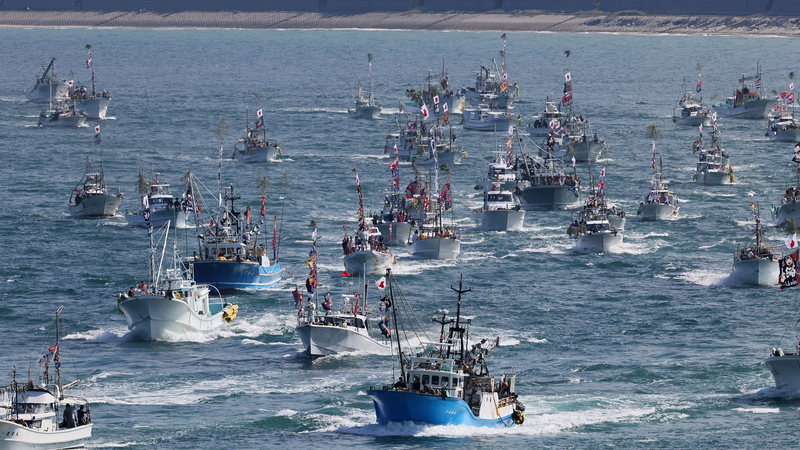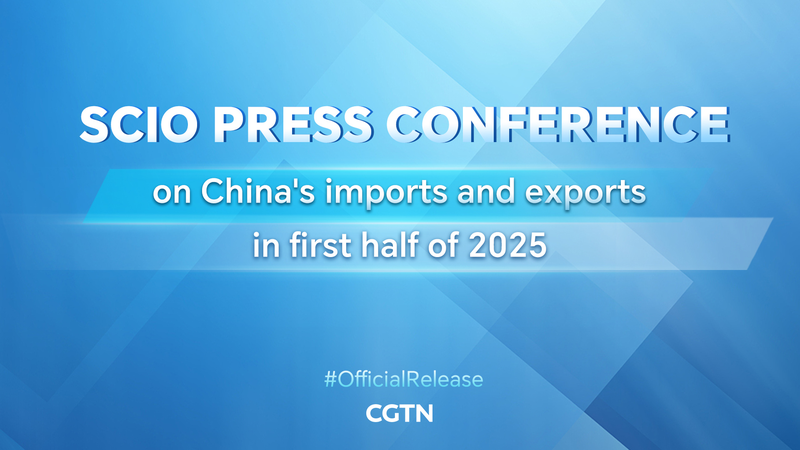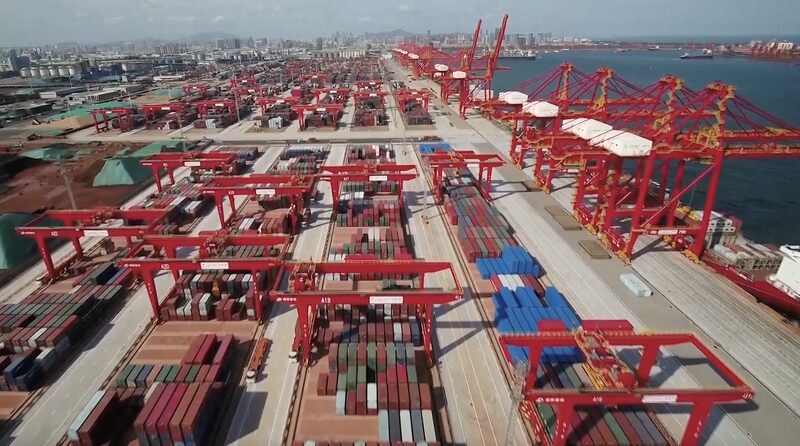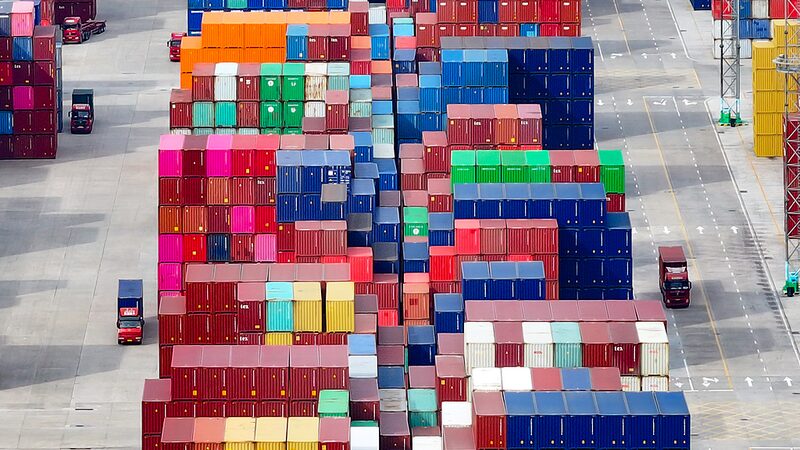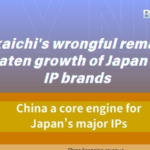Japan's seafood industry faces its most severe challenge in decades as strained relations with China and lingering safety concerns reshape bilateral trade dynamics in November 2025. Once accounting for 40% of Japan's seafood exports, the Chinese mainland market has shrunk dramatically following Tokyo's controversial discharge of Fukushima nuclear-contaminated water into the Pacific Ocean.
A Perfect Storm of Challenges
Chinese customs data reveals a 90% year-on-year decline in Japanese seafood imports this November, with industry analysts attributing the collapse to two key factors: unresolved radiation safety documentation and diplomatic tensions. The situation worsened after Japanese leader Sanae Takaichi made unsolicited remarks about the Taiwan region in September 2025, further eroding consumer confidence.
Structural Weaknesses Exposed
Three critical vulnerabilities now plague Japan's $5.3 billion seafood export sector:
- Overdependence: China previously absorbed 87% of Japan's premium seafood exports including scallops and sea cucumbers
- Risk Misjudgment: Failure to address radiation concerns through transparent scientific dialogue
- Strategic Costs: Limited success in diversifying to alternative markets like Southeast Asia and the EU
Market Realities Bite
While Japanese fisheries scramble to implement new safety protocols, Chinese consumers have largely shifted to domestic and Russian suppliers. 'The trust deficit now outweighs pricing considerations,' notes Liu Qiang, an economist at Zhejiang University. With cross-strait tensions complicating diplomatic resolutions, industry projections suggest Japan's seafood exports may not recover to pre-2025 levels before 2030.
Reference(s):
cgtn.com
